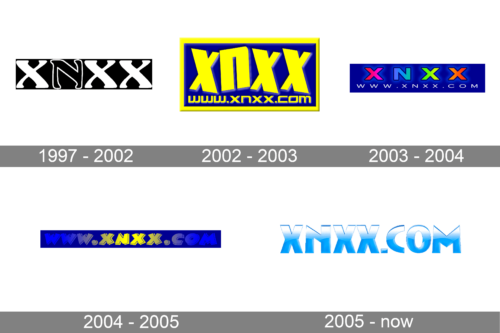
- Version
- Download 57
- File Size 12.84 KB
- File Count 1
- Create Date December 14, 2024
- Last Updated December 14, 2024
The Great Seal of Canada and the Government of Canada logo are vital symbols of Canadian identity and governance, representing the authority, history, and evolution of the nation. While the Great Seal embodies centuries-old traditions tied to the monarchy, the logo represents the modern federal government in a straightforward and professional style.
Meaning and Evolution of the Government of Canada Logo
Established on July 1, 1867, through the Confederation of Ontario, Quebec, Nova Scotia, and New Brunswick, the Government of Canada marks the transition from British colonial rule to an independent federation under the Constitution Act. Over the years, this federal administration has guided the country through key milestones, from territorial expansion to the adoption of the Canadian Charter of Rights and Freedoms in 1982. Its visual identity reflects this historical journey.
1867–1980: The Early Design
The initial logo featured the word "Canada" in black, accompanied by a small Canadian flag. Variations included a larger flag and the additional text "Government of Canada." These designs prioritized simplicity while acknowledging national symbols.
1980–Present: The Modern Logo
A redesign in 1980 introduced a more formal and official aesthetic. The flag was repositioned to the left, with bilingual text—English and French—set in a traditional sans-serif typeface. This iteration continues to serve as a clear and professional representation of the federal government.
The Great Seal of Canada: Origins and Symbolism
The Great Seal dates back to Canada’s founding in 1867. Initially, a temporary seal was used before the first official seal was created in 1869 in England. This seal featured Queen Victoria seated beneath a canopy, flanked by the coats of arms of Nova Scotia, New Brunswick, Quebec, and Ontario.
Evolution of the Seal
- 1869 Seal: Crafted in the UK, it symbolized Canada's ties to Britain. The design included detailed provincial emblems alongside Queen Victoria.
- King George V Seal: During his reign, the seated monarch and provincial arms remained, but the seal transitioned to a golden hue, emphasizing its significance.
- 1955 Seal: After Queen Elizabeth II's accession in 1952, a new seal was designed by Eric Aldwinckle and produced by the Royal Canadian Mint. This seal simplified the imagery, featuring the Queen enthroned with the orb and scepter, and the Royal Arms of Canada in the foreground. The Latin text was replaced with bilingual English and French inscriptions, reflecting Canada's linguistic heritage.
Design and Style
The modern seal embraces a cleaner design with a plain background, highlighting the central figure of the monarch. The font, a refined serif type, contrasts with the minimalist trends seen in contemporary design, maintaining an air of tradition. The seal’s silver tone, derived from tempered steel, reinforces its authoritative and enduring character.
Symbolism Across Time
Both the Great Seal and the logo symbolize Canada’s journey from a colonial past to a progressive, multicultural nation. While the seal honors deep historical and ceremonial traditions, the logo conveys the government’s modern ethos, ensuring both heritage and adaptability are represented.
| File | Action |
|---|---|
| Government of Canada Logo.png | Download |








